10 remote spots in Spain to avoid the crowds
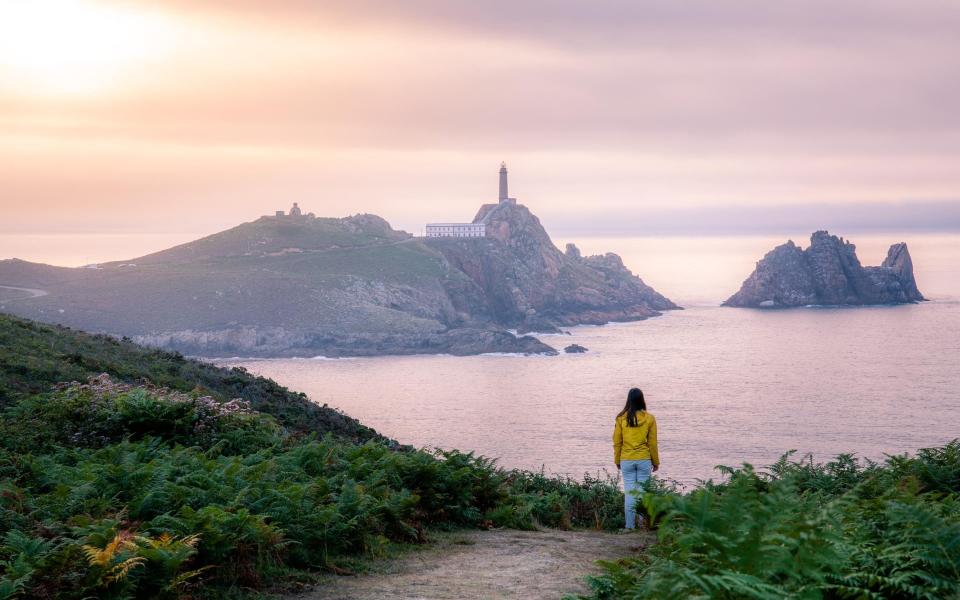
Spain has made some of the most promising sounds yet in regards to opening up to British tourists this summer.
The country will end its travel ban on the UK on March 30, and Spain’s Tourism Minister Fernando Valdés confirmed that Spain was in “discussions” with the UK about rebooting holidays this summer. “For us the British market is our main market. But obviously since we are a member of the European Union, the solutions have first to be part of the discussions in the EU.
“And obviously if that cannot be reached, we will be thinking of other corridors like green corridors with third countries that can help us restart tourism flows.”
While holidays are off the cards right now, under Boris Johnson’s roadmap international holidays could resume from May 17. Anyone booking should heed the advice of our consumer expert, Nick Trend, who has tips on insurance and cancellation policies.
For anyone looking to take a punt on an escape to Spain this summer, we have mined the knowledge of three of our Spain experts – Sally Davies, Annie Bennett and John Wilmott – who have picked out ten beautiful spots to avoid the crowds in Spain.
Benidorm’s hinterland, Valencia
While value-package tourists slip on sandals to enjoy the beach of Europe’s biggest holiday resort (Benidorm), others are donning hiking boots a few miles inland. The 4,600ft (1,400m) Puig Campana (Bell Hill), six miles from the skyscrapers, is a top spot for walkers. It has a distinctive notch that is characteristic of the malformed peaks that rise above the empty, rocky valleys of this region.
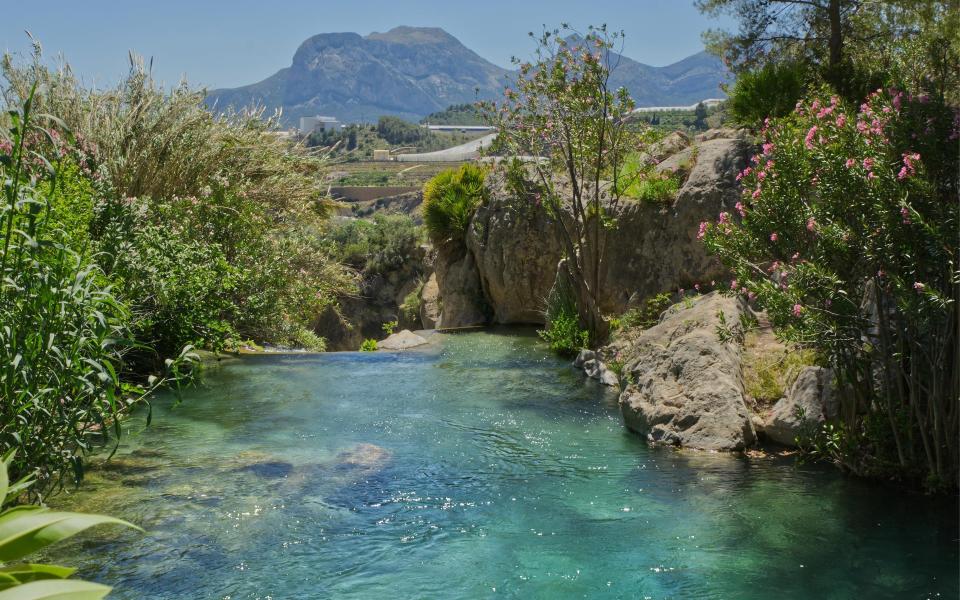
The less hardy can aim their rental car at El Castell de Guadalest, where a castle appears to grow out of the granite outcrops above this tiny village, or Les Fonts d’Algar, with wooden walkways providing a route along a series of waterfalls tumbling through lush foliage.
Nearest airport: Alicante
Base yourself at: VIVOOD Landscape Hotel, Benimantell.
La Palma
On the hairpin-tortured drive from La Palma’s capital Santa Cruz to the near-8,000ft high rim of the immense Taburiente caldera, you’ll pass through a series of ecosystems. Between the tangled shrubs of the lower slopes and the barren wilderness at the top lies a thick band of beautiful canary pines, their arrow-straight trunks often poking above cotton-wool clouds.
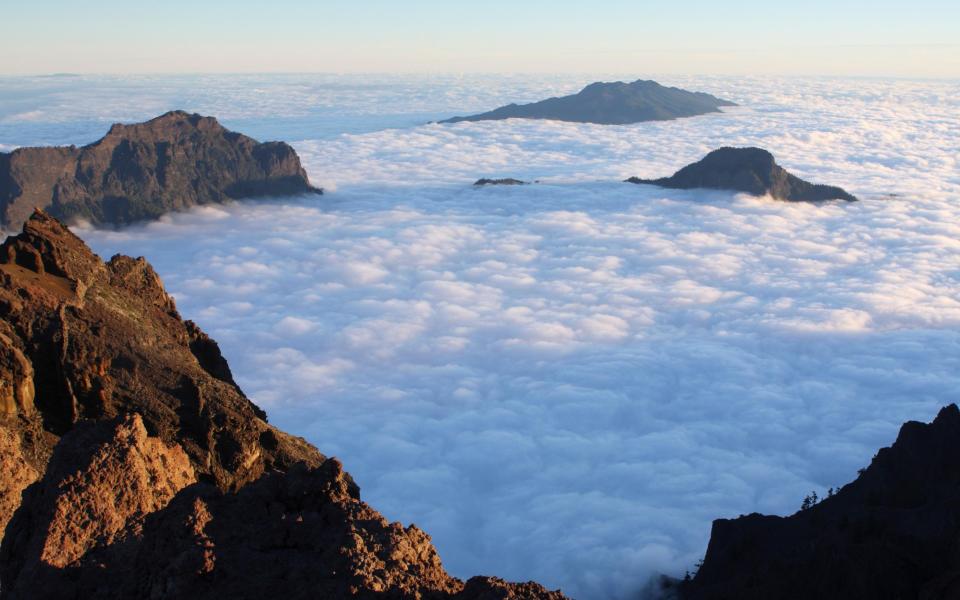
Stop to walk on the carpet of fallen needles, accompanied only by birdsong. The next day, skirt the other side of the volcano to the Llano del Jable viewpoint for a quiet different hike, stumbling across the other-wordly mass of broken lava spewed from a 1949 eruption.
Nearest airport: La Palma
Base yourself at: Hacienda San Jorge, Los Cancajos.
Monte Perdido National Park, Aragon
One of Europe’s most spectacular walks tends to attract surprisingly few British ramblers. The path through the Ordesa canyon, showpiece of the Monte Perdido National Park, follows a dazzling river between formidable 3,000ft walls, with a fantail waterfall providing a suitably dramatic end-point. Alternative balcony-style trails with awesome views beckon those with a head for heights. Its three sister canyons are even quieter. Añisclo is a wild slice through the mountains that narrows into a slot filled with cool green pools. Pineta begins among alpine meadows and rich forest before ascending to craggier ground. Smaller Escuaín is noted for its population of lammergeier vultures with 10ft wingspans.

Nearest airport: Zaragoza
Base yourself at: Hotel Abetos, Torla.
Camariñas, Galicia
A fishing village, estuary and peninsula on the Costa da Morte in Galicia, Camariñas is a great area for experiencing the Galician way of life in summer, staying in small hotels or traditional fishermen’s houses. A string of splendid, unspoilt beaches are linked by paths, making this a popular area for walking. It all looks idyllic and peaceful in the sunshine, but this coast can be treacherous too. Follow the lighthouse and shipwreck routes to get an idea, visiting the English Cemetery right by the sea, which is the burial place of some of the sailors who lost their lives when the battleship HMS Serpent foundered on the rocks in 1890.
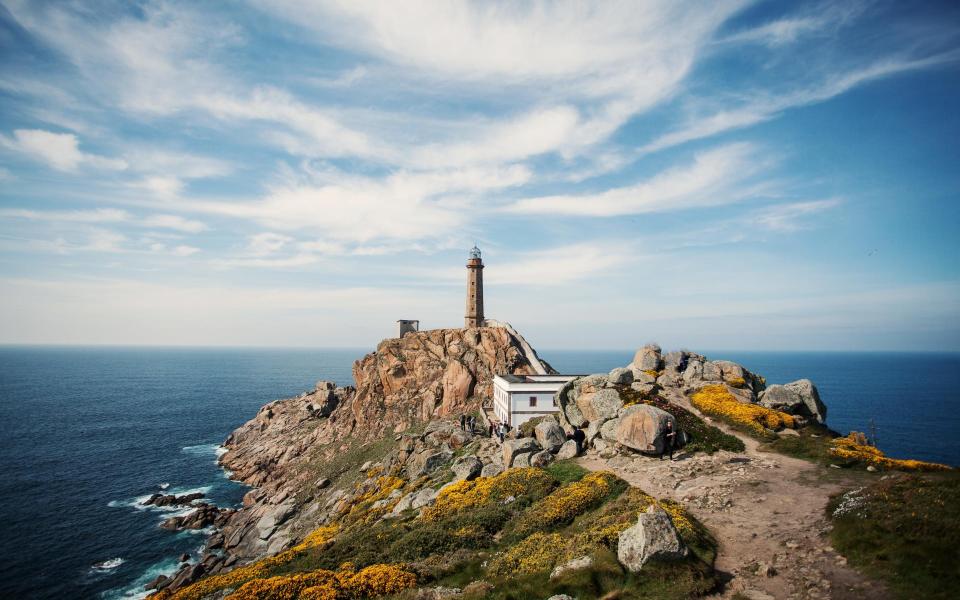
Nearest airport: A Coruña or Santiago de Compostela.
Base yourself at: Hotel Puerto Arnela.
Cabo de Gata-Níjar, Andalucia
Among Spain’s most remote beaches are those on the fringe of Europe’s only true desert on the south-east tip of the country. Ochre cliffs and sharp rocks define the landscapes of Cabo de Gata-Níjar National Park but it’s the sands that attract those willing to brave the bumpy access road – including the makers of Lawrence of Arabia and the Indiana Jones films.
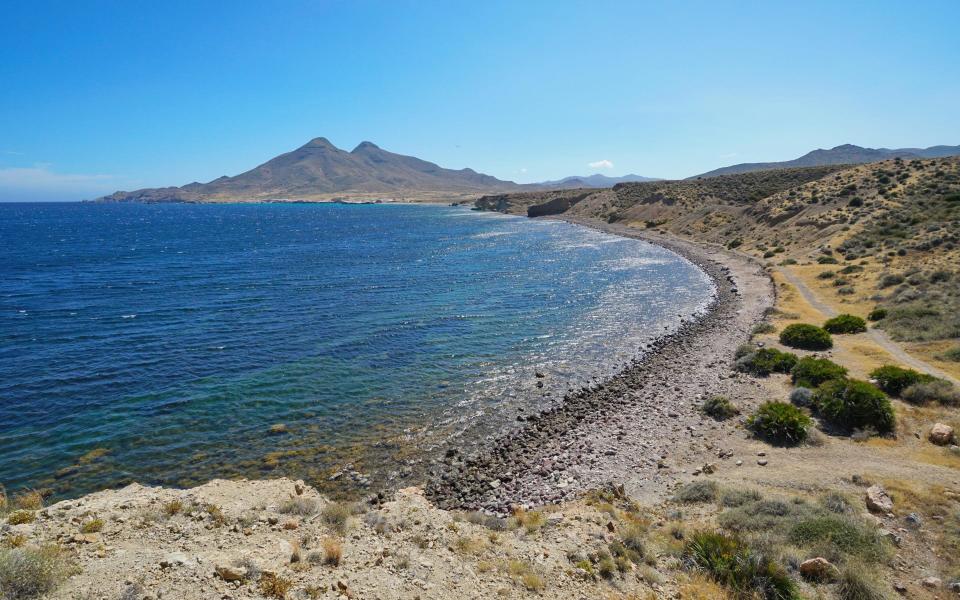
Playa de los Genoveses, near the village of San José, is the most accessible, but make a beeline for Playa de Mónsul, split by a fat volcanic rock. If the wind isn’t blowing, it offers great swimming in shallow seas. Explorers will discover several smaller coves hidden below the cliffs.
Nearest airport: Almeria
Base yourself at: Barcelo Cabo de Gata.
Redes and Ponga Natural Parks, Asturias
In pre-pandemic times, Northern Spain’s Picos de Europa rightly attracted hikers and photographers but the splendid mountain scenery is not confined to the invisible limits of the national park. Just to the west are the adjacent natural parks of Redes and Ponga, where peaks soar 6,500ft (2,000m) above deep valleys choked with beech and oak forest. On the rare patches of flatter land, soft-eyed Asturian cows graze on alpine pastures. Lurking within the woods are brown bears, wolves and capercaillie. Otters frolic in the crystal streams. Look up, too – chamois climb the rocks while golden eagles and Egyptian vultures swirl their huge wingspans around the tops of crags in remarkable numbers.
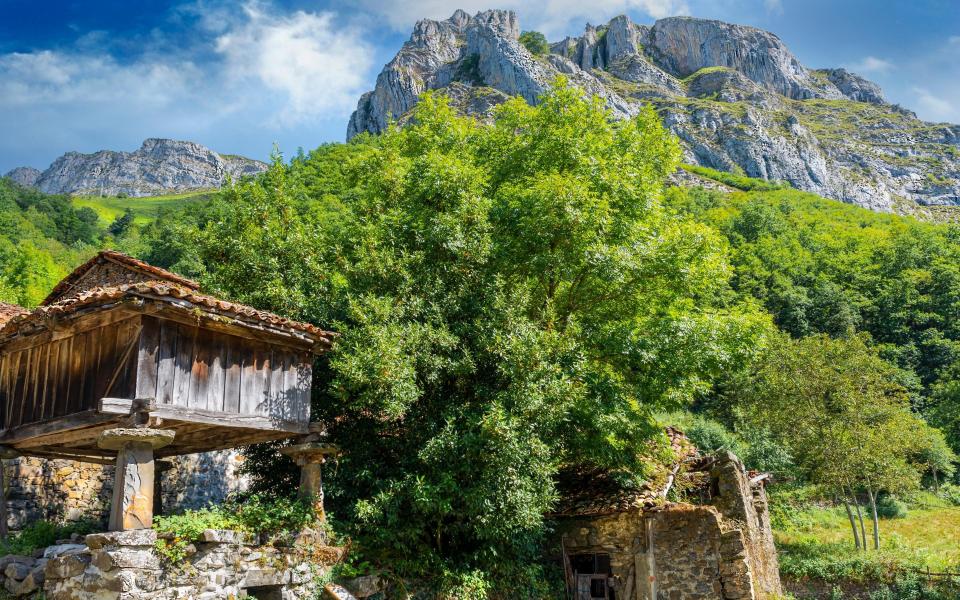
Nearest airport: Asturias
Base yourself at: Don Felix Hotel, Rioseco.
Montes Universales, Aragon
About halfway between Madrid and Valencia, but around 150 miles from either, this is the least-populated area in Spain. The mountain range does however attract hikers, birdwatchers, butterfly enthusiasts and mushroom hunters. The Tagus is just one of the rivers that has its source here, where waterfalls flow between the pine, oak and juniper trees. By far the best-known place is Albarracín, on a hilltop almost surrounded by the Gualalaviar river, which frequently tops the list of the prettiest villages in Spain thanks to its lanes lined with mansions in rose gold stone, not to mention the boutique hotels and abundance of cosy traditional bars and restaurants.

Nearest airports: Zaragoza, Madrid or Valencia.
Base yourself at: Hotel Caserón de la Fuente in Albarracín.
Babia, Castile and León
If someone in Spain says you are ‘in Babia’, they mean you are lost in thought, dreaming you are somewhere else, hiding away or just happy doing what you’re doing. Not many Spaniards, let alone foreign tourists, have actually been to this area of emerald meadows, snow-capped mountains and glacial lakes in the north-west of León province, which borders the Somiedo nature reserve in Asturias. Walkers, cyclists, climbers and people who don’t want to run into anyone they know keep the handful of tiny villages busy at weekends, staying in cottages and B&Bs.

Nearest airport: León or Asturias.
Base yourself at: Hotel El Rincón de Babia.
Valles Pasiegos, Cantabria
The Pas, Pisueña and Miera valleys south of Santander in Cantabria make up the Valles Pasiegos, an area of lush green hills where farmers pick their crops with the traditional cuévano deep baskets on their backs and livestock are moved from lower to higher ground in summer. For centuries, the wet nurses for the Spanish royal family traditionally came from this area, as it was deemed to be the healthiest place in Spain. With easy access from Santander, visitors come to see cave art, fish for salmon and trout, plunge into hillside pools and scoff the excellent cheeses and cakes.
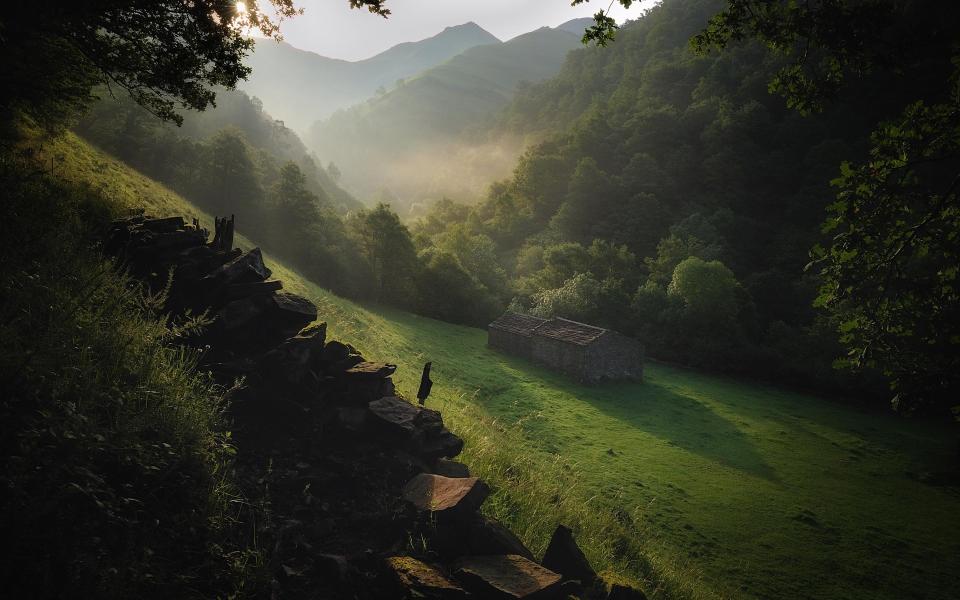
Nearest airport: Santander.
Base yourself at: Gran Hotel Balneario de Puente Viesgo.
Cerdenya, Catalonia
Stretching along the eastern Pyrenees, straddling France and Spain, this Catalan region is an area of sprawling plains protected by the mountains. It looks a bit like Austria or Switzerland, but is not far from Girona and the Mediterranean. Many of the villages are linked by tracks so exploring on foot or by bike is easy – you could easily spend a week here. You can even follow a lesser-known stretch of the pilgrimage route to Santiago to Compostela, which crosses Cerdanya. The pretty hilltop town of Puigcerdà has been attracting tourists since the turn of the 20th century and is still a good place to stay.
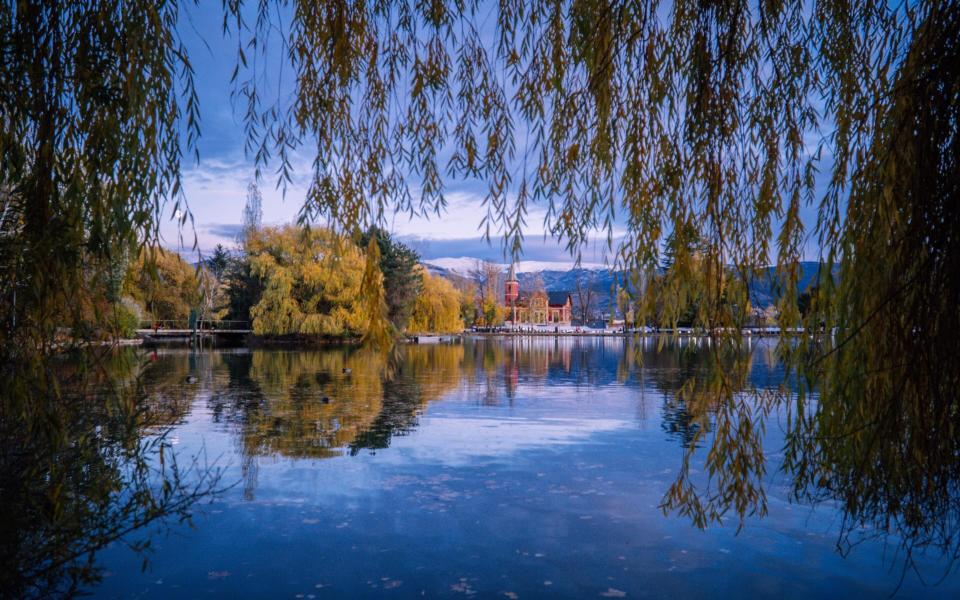
Nearest airport: Girona
Base yourself at: Hotel Villa Paulita in Puigcerdà.

